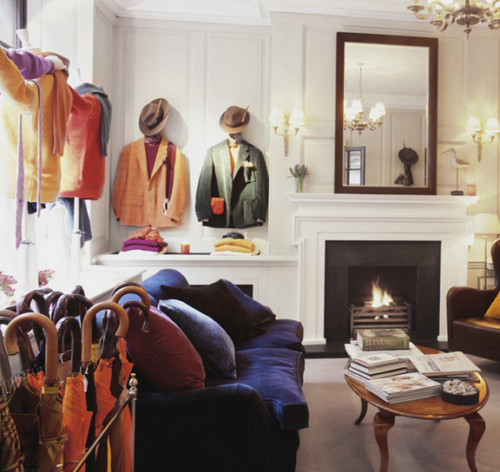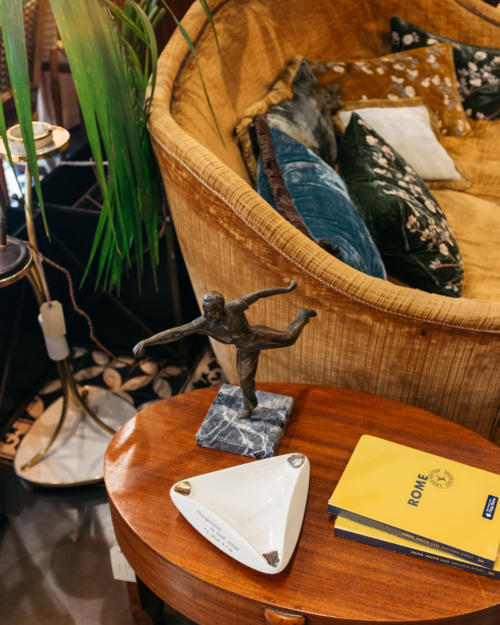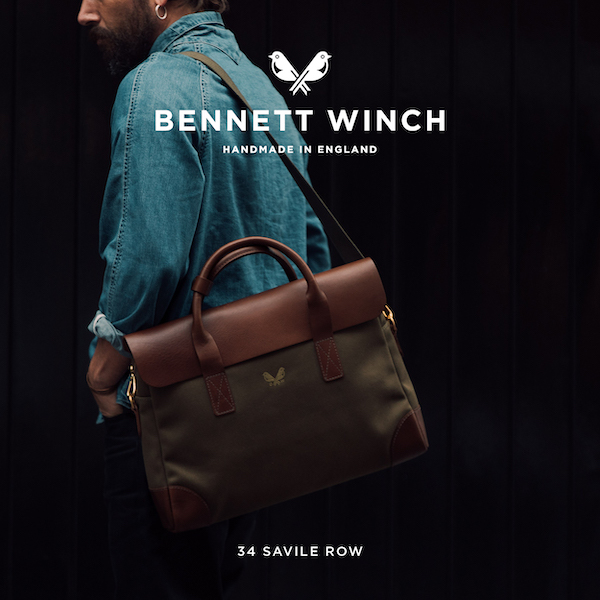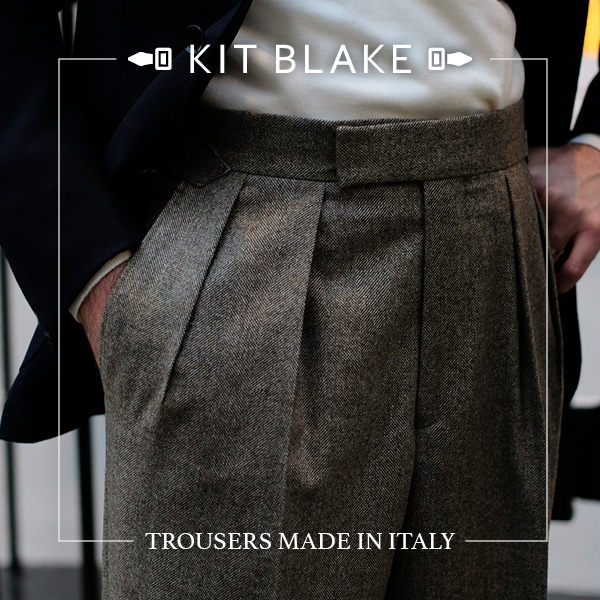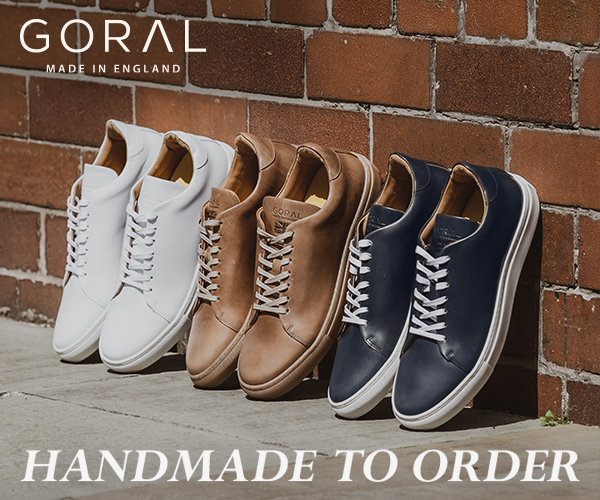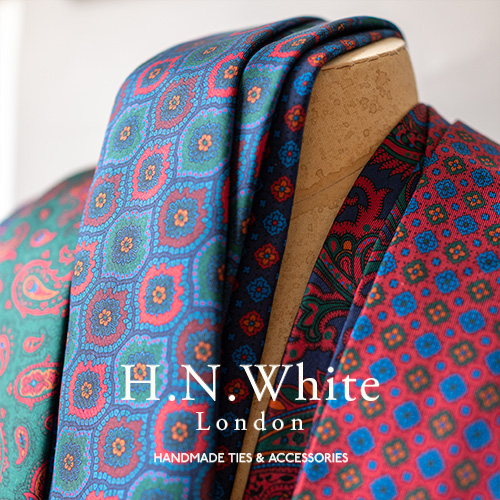
When you buy clothes, what are you paying for?
I’m often asked by readers whether a particular piece of clothing is ‘worth it’. Yet the older I get – the further along my clothing journey – the more I realise how subjective this can be.
Also, I’m finding my particular subjectivity is changing. Once you have a wardrobe of well-made clothes, you start to realise how much you value customer service and consistency, as well as beautiful design.
So I thought it might be worth discussing the things that contribute to the value of a piece of clothing. When readers ask with incredulity why one sweater is more than another, or dismiss all designer brands as racketeering, this will hopefully lend some perspective.
1. Quality
This is the obvious one. There may be some debate whether you want fine, often more delicate fabrics, or coarser more robust ones, but everyone wants clothes that won’t fall apart if looked after appropriately. Strong, neat stitching; fabrics that get better with age rather than worse.
The difficult thing with quality is often deciding how far you want to go, as there are nearly always diminishing returns: better materials are rarer and specialist labour is more expensive.
2. Exclusivity
Doing anything that isn’t standard is more expensive. That’s why cheaper made-to-measure tailoring often looks similar – they’re not only going to the same factory, they’re using the same blocks.
More subtly, designing a new material is expensive, as well as taking longer and requiring volume (both also more expensive). That’s why you don’t see the materials used in those Ralph Lauren jackets anywhere else. Someone like Stoffa develops its own yarns.
For a brand that takes pride in its design, this seems obvious: they don’t want their jacket to look like anyone else’s. But for a young guy just looking for a good navy blazer, the value can be less obvious. As with menswear rules, just understand what’s going on and then make your own decision.
3. Service
This is the big one that has been lost to the internet. You might be able to buy direct from a manufacturer today, but they will have as few people in customer service as they do in design.
Online customer service can be really good (as No Man Walks Alone have proved), but it’s rarely the same as having an actual shop. And the more access you want to that shop, the more of them there have to be.
Even within a shop, quality of service today has diminished. It’s now normal for a sales assistant to know little about the products. Even if they’ve had training, they’re unlikely to have much experience. Compare that with Anderson & Sheppard, where most of the staff have been there since it opened, and they’ll happily do something like take a knit back to be reframed. You will value that a lot in a few years’ time.
The very top level of service must be where you get advice in person from the founder of a brand; or going somewhere like Meyrowitz and getting jusst expert advice. If you want someone of that calibre waiting in a shop every day, just in case you come in, it’s going to cost you.
4. Design
This is the hardest factor to quantify, and the easiest to think you don’t need in classic menswear. Yet anyone that has sought out a low-vamp Alden loafer, or worn a Rubato knit with that subtle V-shape, will know the difference small points of design can make.
This is something you usually lose when you buy direct from a manufacturer, or from someone who claims to ‘cut out the middle man’: it’s the easiest thing not to spend money on.
Then there’s design work of the type we highlighted here at Ralph, or at somewhere like The Real McCoy’s. The type that starts from scratch, requires prototypes and pattern work, yarn development and maybe two years’ lead time. All to make a pink-melange cardigan with black knitted motifs that will never be sold again.
On the one hand, that could seem like a ridiculous amount of work to spend a single-season piece; but on the other, it does make that piece very special.
5. Styling
This is usually the one people see least need for. Location shoots, lookbooks, merchandising, mannequins: all the style and imagery that accompanies a product. In the age of street style and social media, do we really want to pay for it?
Big brands do take it too far. One friend was on a shoot for a luxury brand recently that flew in seven different photographers and assistants from six different countries, for a three-day shoot; plus three cars, four dogs and a horse. Catwalk shows often seem to care more about the location, media and celebrities than the clothes.
But don’t throw the baby out with the bathwater. I’m sure we’ve all found lookbooks from our favourite brands – as well as just displays in store – to be really inspiring; and often in ways our peers or favourite influencers aren’t.
There are many other factors of course – advertising, endorsements, discount models – but these are the main ones.
So what do I personally want to pay for?
Today, I’m happy paying for a great retail experience, for long-term customer service and often for beautiful design. But I’m not going to buy a cashmere crewneck from Purple Label when there’s nothing discernibly different about it. I want that shop to always be there, and I’m happy to support it, but I’ll do so with more design-driven pieces.
When I was younger, with a much lower budget, I had different priorities; but I think I should have valued quality and customer service more. I should have bought better, more versatile clothes, from people who would still be around in a few years to help me look after them.
With big brands, you can often see what you’re paying for in numbers. Many are public, so their profits and costs are reported. Look up someone like Cucinelli – as a reader helpfully did for us last year – and you can see that while they only spent 22% on production, they also only made 18% profit. All your money is going on the shops, staff and marketing spend in between.
Just think about what you want to pay for, and then which types of companies provide them.



